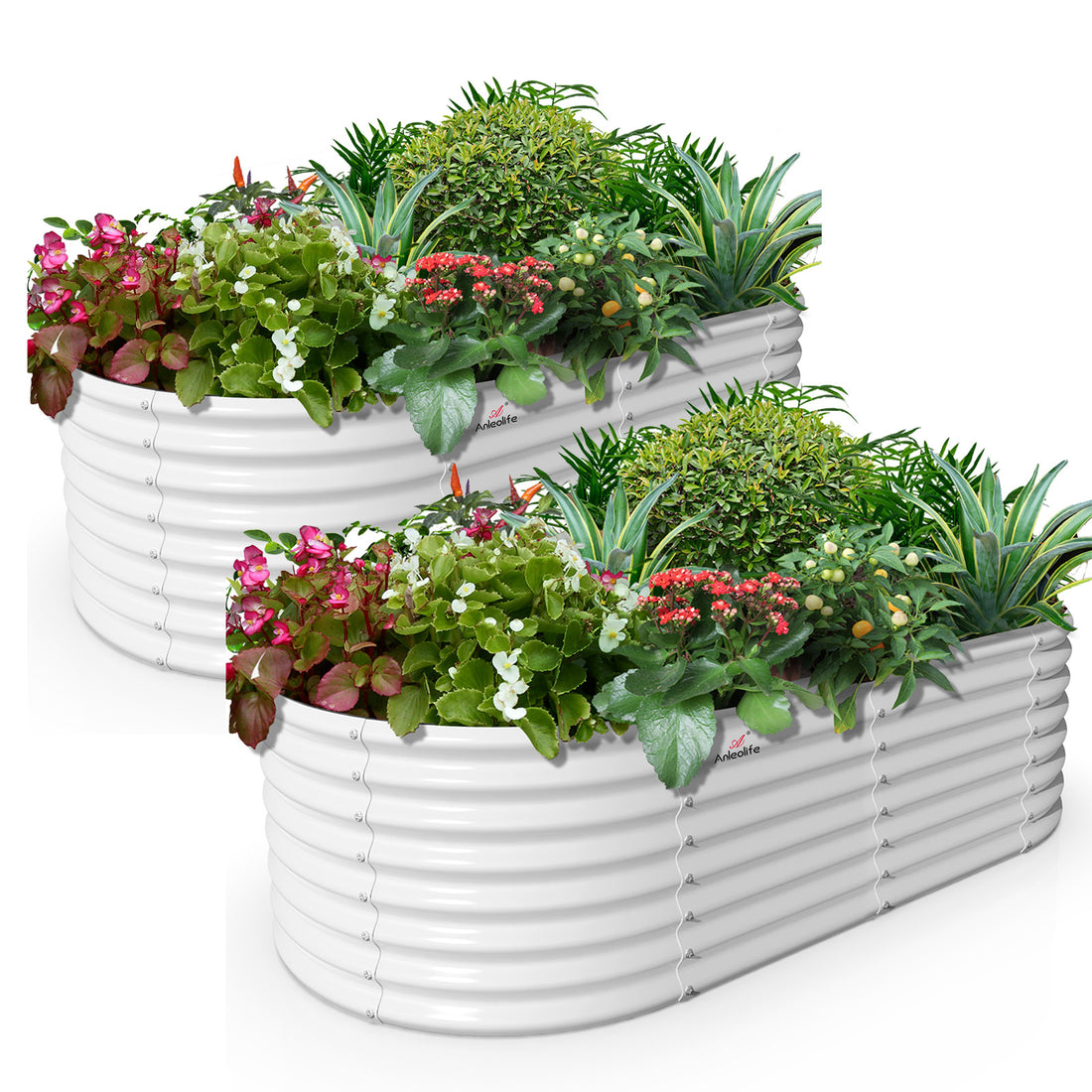Home vegetable farming is an enriching and sustainable way to grow your own food. Whether you have a spacious backyard or a small balcony, you can cultivate a variety of vegetables that are both nutritious and delicious. This guide will provide you with essential tips and tricks to get started on your home vegetable farming journey.

Why Choose Home Vegetable Farming?
There are numerous benefits to home vegetable farming. Not only does it provide fresh produce, but it also promotes a healthier lifestyle and reduces your carbon footprint. Additionally, gardening can be a therapeutic activity that brings joy and satisfaction.
“To plant a garden is to believe in tomorrow.” – Audrey Hepburn
Getting Started: Essential Tools and Supplies
Before you begin, it's crucial to gather the necessary tools and supplies. Here are some essentials:
- Gardening gloves
- Hand trowel
- Watering can or hose
- Quality soil and compost
- Seeds or seedlings
For those looking to invest in high-quality gardening tools, consider the Complete Gardening Kit available online. This kit includes all the basic tools you need to start your home vegetable farming.
Choosing the Right Vegetables
When selecting vegetables to grow, consider your climate, available space, and personal preferences. Some popular choices for beginners include:
- Tomatoes
- Lettuce
- Carrots
- Bell peppers
- Herbs like basil and parsley
It's important to research the specific needs of each vegetable, such as sunlight, water, and soil requirements. This will ensure a successful and bountiful harvest.
Planting and Maintenance Tips
Once you have your tools and chosen vegetables, it's time to start planting. Here are some tips to help you along the way:
- Prepare your soil by mixing in compost to enhance fertility.
- Plant seeds or seedlings according to the instructions on the packet.
- Water your plants regularly, but avoid overwatering.
- Use mulch to retain moisture and suppress weeds.
- Monitor your plants for pests and diseases, and take action if needed.
For a visual guide on planting and maintaining your vegetable garden, check out this helpful video.
Harvesting and Enjoying Your Produce
One of the most rewarding aspects of home vegetable farming is harvesting your produce. Knowing when to harvest is key to enjoying the best flavors and nutritional value. Here are some general guidelines:
- Tomatoes: Harvest when they are fully colored and slightly soft to the touch.
- Lettuce: Pick leaves as needed, or harvest the entire head when it reaches the desired size.
- Carrots: Pull them from the ground when they reach a good size, usually about 2-3 months after planting.
Once harvested, you can enjoy your fresh vegetables in a variety of dishes. From salads to stir-fries, the possibilities are endless!
Conclusion
Home vegetable farming is a fulfilling and sustainable way to enjoy fresh produce. By following these tips and tricks, you can create a thriving vegetable garden that provides delicious and nutritious food for you and your family. Happy gardening!
References
 ```
```














